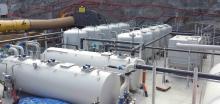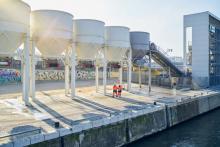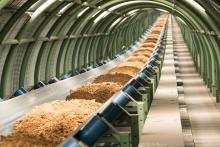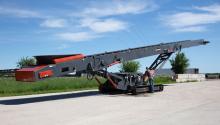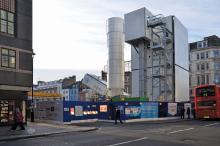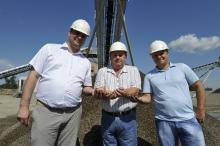Huge opportunities are being created for Eastern European aggregates producers as Russian Railways continues its modernisation of the railway infrastructure of Baikal-Amur and Trans-Siberian Railways via the Development of Admissions and Passenger Capacity project.
In 2018, more than 47 billion rubles (€623.47mn) was invested in the infrastructure of eastern railways as part of the project. About 40km of railway lines was built and reconstructed, requiring large volumes of aggregates, and more than 80 new switches were laid. A new Baikal tunnel with a length of 6,682 metres has been drilled.
By the end of the year, 4.3km of additional main track, four stations, seven crossings, four traction substations, 32.4km of the contact network, 82.9km of automatic blocking lines on the Taidut-Mogzon-Sokhondo section, 11 small bridges, roadbed on six sites, four locomotive facilities, and six residential buildings for workers had been put into operation.
In general, as part of the project, which began in 2013, the construction and reconstruction of 37 stations (250km of station tracks) and the construction of 28 crossings and 254km of secondary routes were completed, the technical reequipment of 40 traction substations was completed, 93 manmade constructions were built, more than 5000 km of railway track was modernised, and 1961 turnouts were laid. At the same time, 34 stations, 28 crossings, more than 150km of additional main track, 40 traction substations, 68 railway bridges, 3 tunnels, 13 locomotive facilities, and 30 residential buildings were put into permanent operation.


